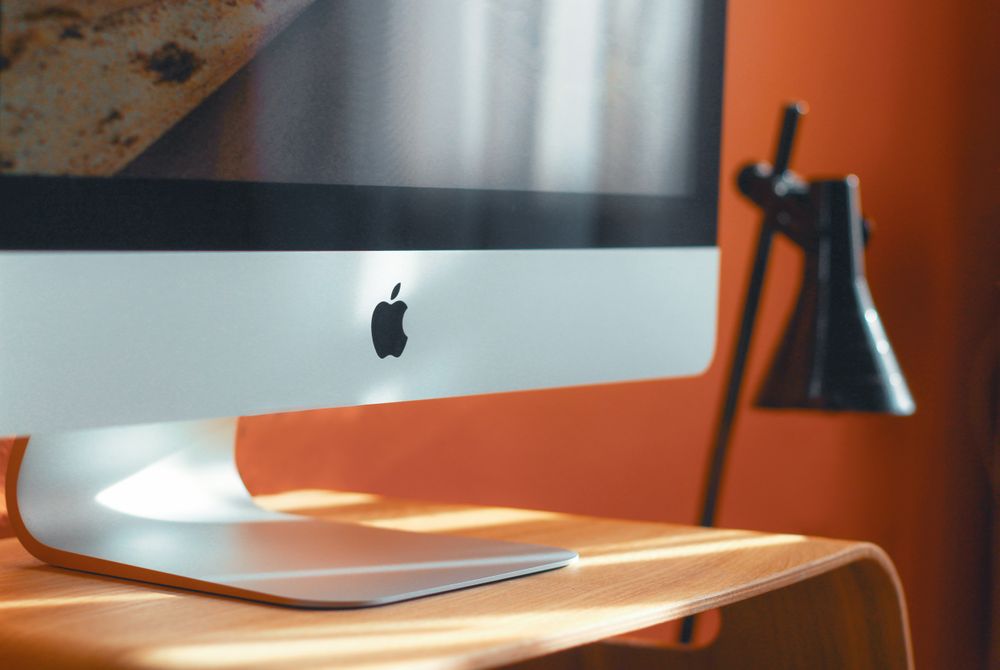Brand Development from the Bottom Up Using Graphic Design
Establishing a business would entail brand development to compete against more prominent brands. Think of your brand as an identifier to your audience. Without a distinct brand, you’ll become a nameless brand that no one recognizes.
Whipping up a brand doesn’t only involve logo design, a mere slogan, and icons. These brand assets must convey the holistic significance of your brand. They must not only represent the products and services you offer. But your brand must also dig deeper into the core of why you established the business in the first place.
Moreover, you want your brand to invoke certain emotions to audiences. In return, your audience must see your brand differently and uniquely. This is the only way you can match up against your established competitors.
Additionally, brand development isn’t a one-time process. It is a perennial journey as your brand evolves to become better and memorable in the eyes of your target market.
Let’s dig deeper into the basics of brand development. These seven steps will hopefully guide you in creating a brand that will resonate with your audience.
1. Audience and competitor research
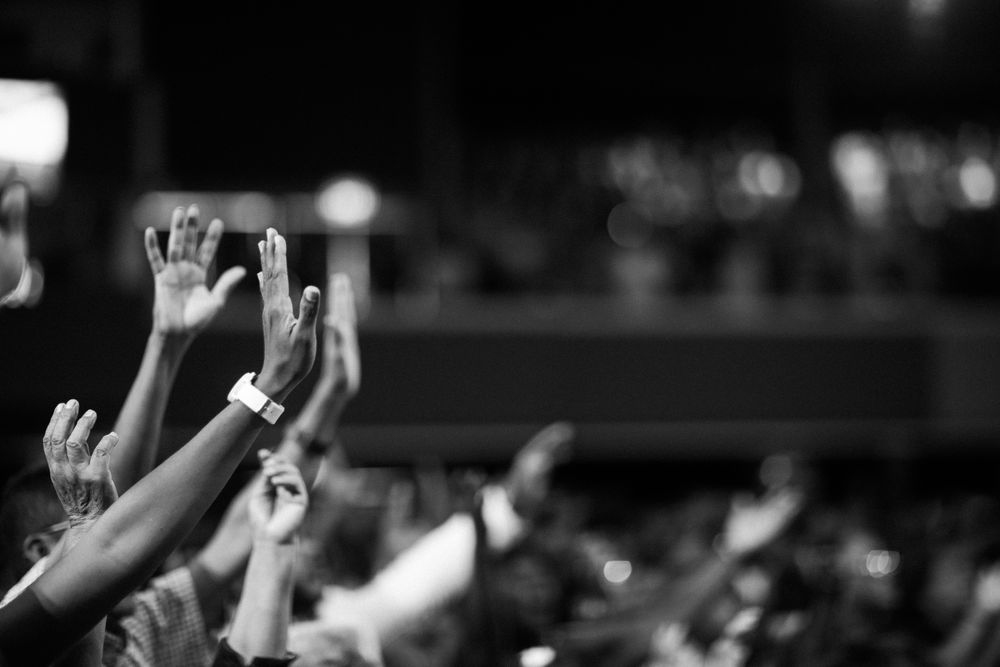
The only way you can sell your products and services is to know who you’re selling to. That said, research who your audience is. Here are a few guidelines:
- Create a customer profile (determine age, gender, income level, location, interests)
- Conduct market research (interviews, surveys, focus groups)
- Reassess unique selling proposition (features and benefits of your products)
Once you determine your target market, move onto your competitors. This is the time to get sneaky and stalk them. Analyze your direct and indirect competitors and read how their customers engage with them.
Stalk your competitors’ social media channels, and you’ll find gold in the comments section. Keep an eye on the positive and negative feedback from customers and work on that for your brand.
2. Identify your brand personality

Think of your brand personality as something that makes you stand out among the competition. If you don’t determine your brand personality, you’ll be one of the mundane brands that don’t even make it to people’s list of choices.
Here are five easy steps you can determine your personality during brand development:
- Pick three adjectives that describe your brand
- Determine how you want your audience to feel towards your brand and describe it in three adjectives
- What message do you want to preach to your audience (taglines)
- Pick the type of people you want to help with your products or services (men, women, kids, single mothers, unemployed, CEOs, travelers, etc.)
- Think of the WHY (why did you establish the business in the first place?)
It will be easier for you to choose the next four elements once you know your brand personality.
3. Pick a business name
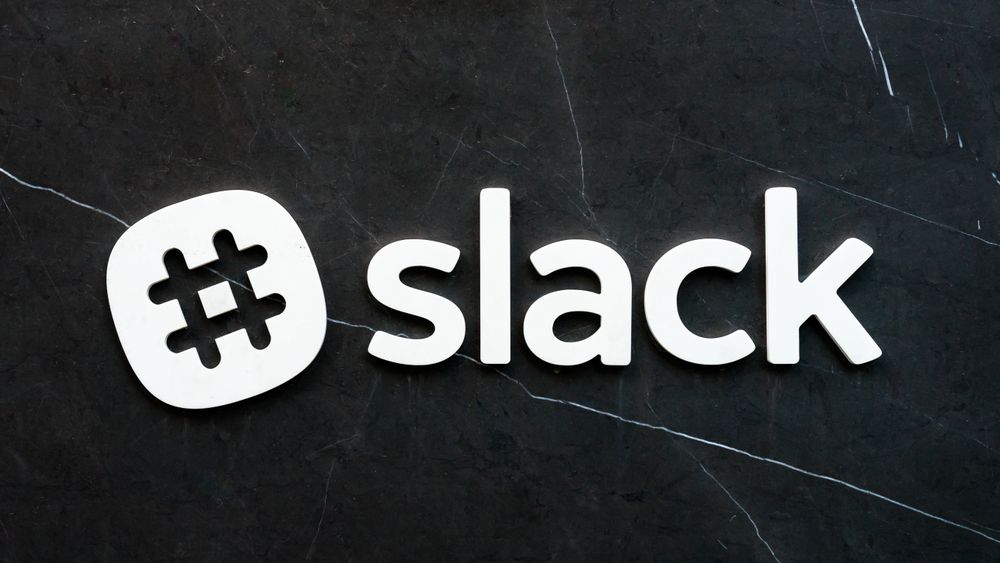
One of the essential steps during brand development is choosing your business name. Take time to sit and think this through with the entire team. Imagine, this will be the brand name that you’ll carry for decades. So ensure that it’s memorable, versatile, and unique.
First off, try to be descriptive. However, avoid being too vague. Secondly, pick a relevant word but put a creative twist into it. An example would be Pinterest. “Pin” refers to how people share images on the social network, and “interest” pertains to their hobbies, likes, and skills.
Thirdly, keep it simple that makes it scalable enough if ever your business expands its offerings. But don’t make it too easy to copy. For example, The Shoe Company is an excellent way to identify you in your niche. But it’s easy to imitate. That said, pick something unique but easy to remember.
Last but not least, never copy from your competitors. The last thing you want is a trademark war that’ll put a dent on your business. Apple Computer had been sued once by Apple Corps, a holding company founded by The Beatles. The litigation was settled in 1981 with Apple Computer paying an undisclosed amount to Apple Corps.
4. Create your logo
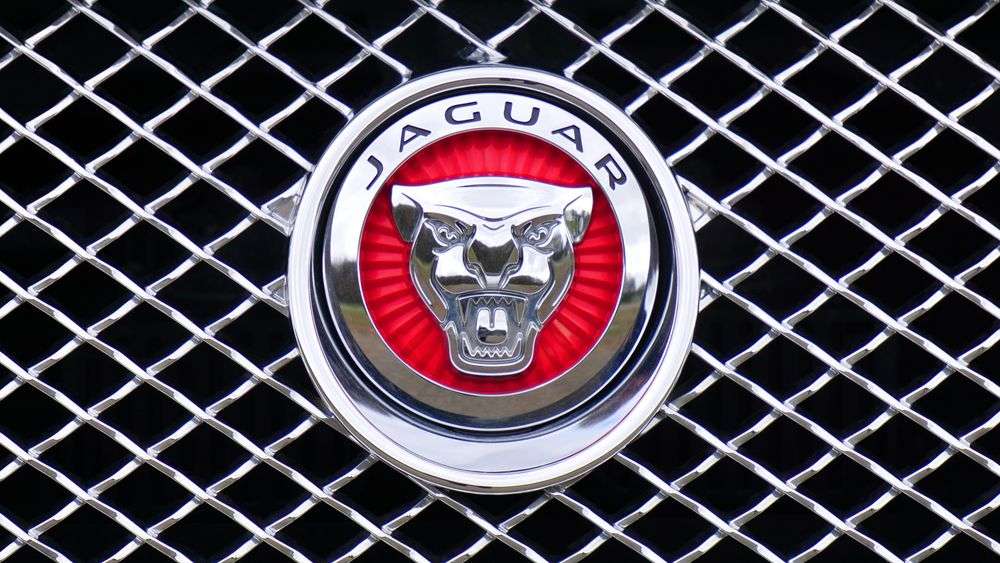
Logos will be one of the pre-eminent brand assets you’ll have. Since graphic design is vital during brand development, ensure that you hire professional logo designers. Hiring the experts makes for a scalable, memorable, versatile, unique, and professional logo that will last for years.
Additionally, there are a lot of graphic design concepts that must go into logo design. For instance, choosing the shapes will depict what kind of brand you are to your audience.
- Circles symbolize partnerships, trust, and infinity
- Triangles imply power, energy, and masculinity
- Squares emanate strength, reliability, and professionalism
Apart from that, lines also radiate certain emotions to your audiences. For instance, horizontal lines signify calmness, tranquility, and trust. Vertical lines give off a sense of stability and balance. Meanwhile, diagonal lines mean energy and dynamism. Curves, however, stand for tenderness, protection, care, and love.
5. Choose your brand colors

Color psychology is also another essential factor when developing your brand. Choose colors that best represent your brand personality, values, and principles. Here’s what each color represents:
- Red — energy, strength, power, passion, desire
- Orange — enthusiasm, happiness, fascination, creativity
- Brown — maturity, reliability, resilience
- Blue — unique, authentic, warm, compassionate
- Yellow — joy, energy, cheerfulness, sunshine
- Green — growth, harmony, freshness
- White — safety, purity, innocence
- Black — elegance, mystery, authority
6. Select your font

The next step is as important as choosing the shapes, graphics, and colors of your brand. Selecting the most suitable font is imperative because, like colors, fonts evoke particular emotions in your audience.
Fonts are classified into four basic categories that are best suited for various brand personalities:
- Serif fonts are more traditional. They are classic font styles that emanate a sense of reliability, authority, respect, and confidence.
- Sans serif fonts are more modern. These types have a simple and clean look that is excellent for modern brands with younger demographics.
- Script fonts are for more elegant brands. They carry a sense of femininity, friendliness, and creativity.
- Decorative or novelty fonts are for brands with creative personalities. These fonts are meant to represent bold, quirky, or fun branding.
7. Create a corporate style
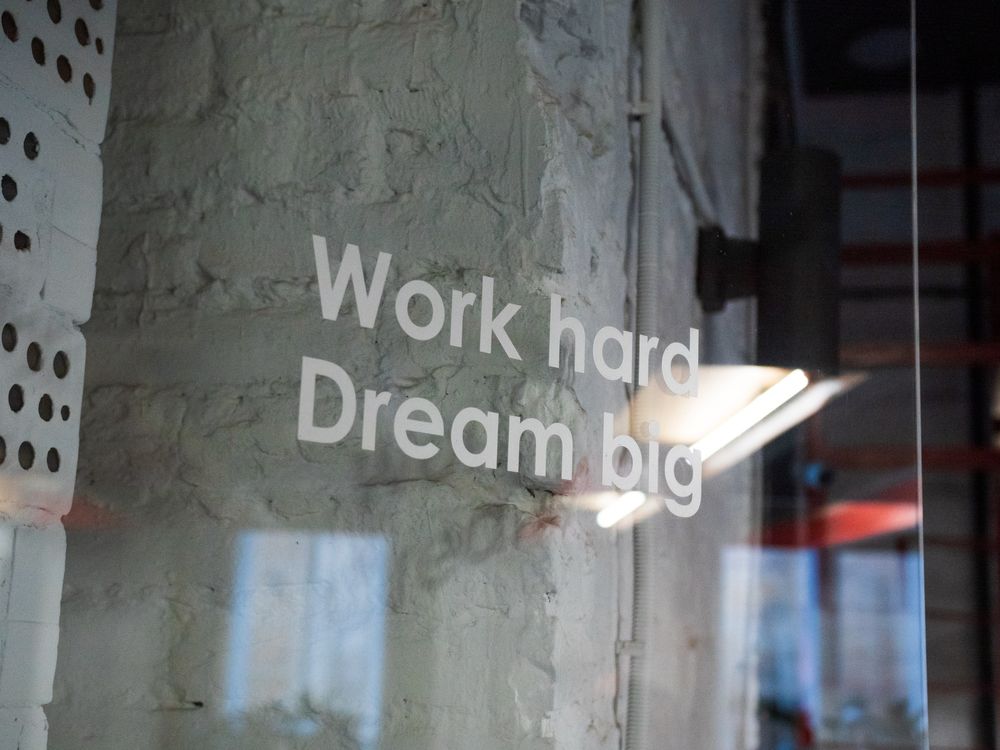
Once you’ve checked all these elements on your brand development list, it’s time to apply your brand guidelines. Create a corporate style that will be used to introduce your brand to your audience.
Business cards, websites, social channels, t-shirts, letterheads are avenues that carry your brand graphics, logos, fonts, colors, and more. The key ingredient to make your corporate identity stand out is cohesion and consistency.
Make sure that when you put all these channels and materials together — one can pinpoint design similarity.
Pro Tip: As mentioned, brand development is highly important, not only at the beginning. But your design and marketing teams should always make necessary modifications to make it adaptable to new trends. As your business scales, you’ll need a set of graphics that you’ll use across your marketing channels.
Whether you need help with logo design or marketing materials, Design Doctor is here to offer affordable rates. For a fixed monthly rate, you’ll get unlimited graphic design built for brand scalability.
